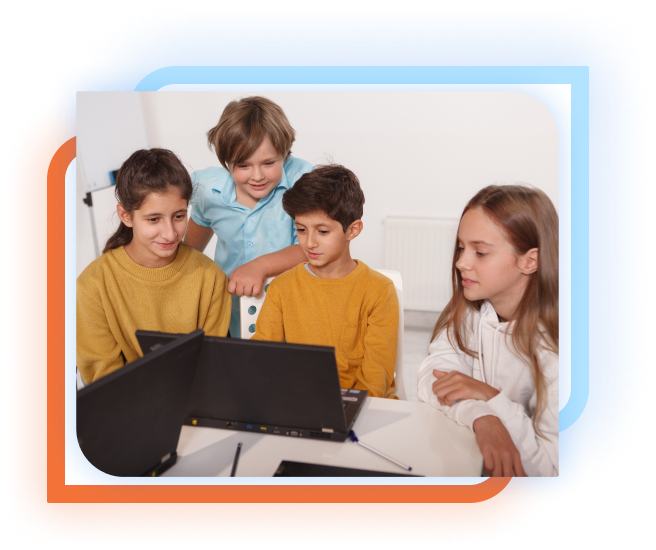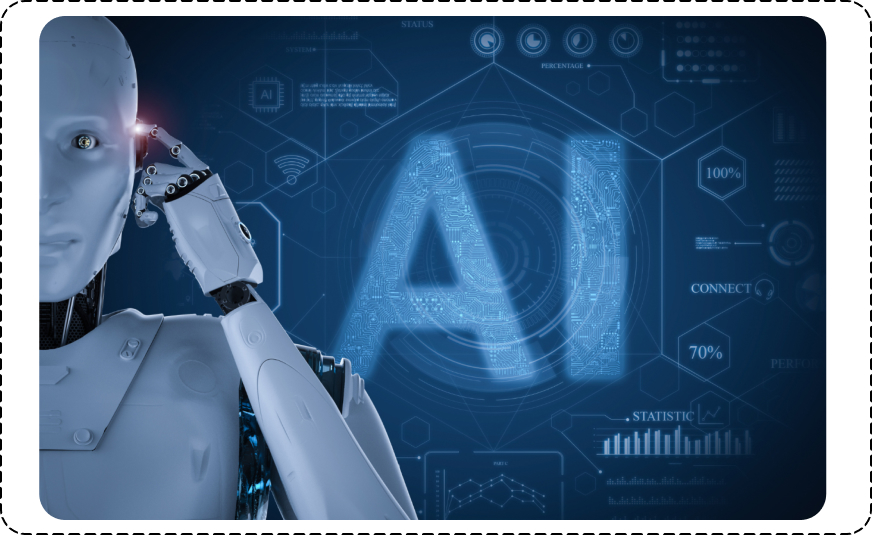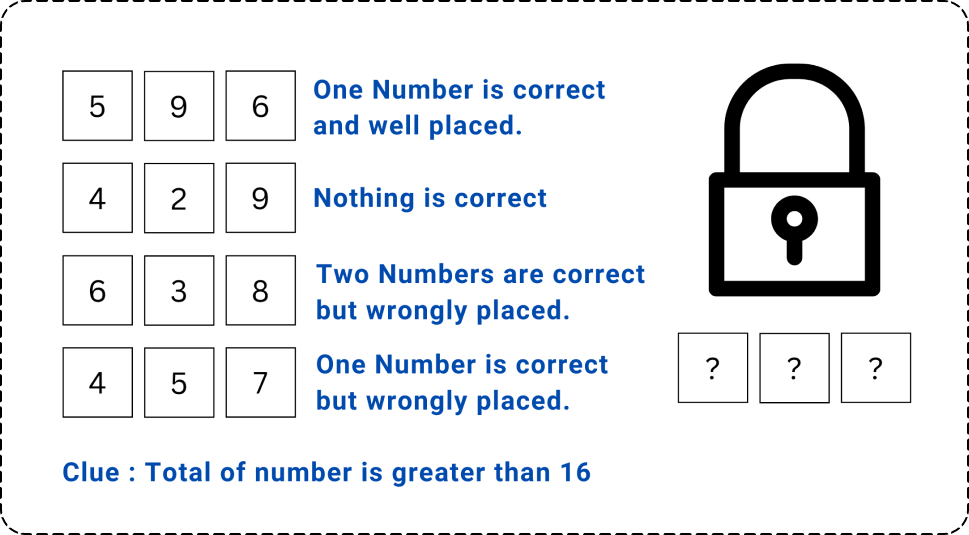

Why Should I Code?

I want to be a fashion designer. I want to be a musician. I want to be an artist. Why should I study Computer Science?
Learning to code can be beneficial for many different professions, as it helps develop a range of valuable skills that are applicable in a variety of fields. Some specific ways in which coding can help in any profession include:
- Problem-solving
- Communication
- Attention to detail
- Adaptability
- Creativity
- Collaboration
Coding is an important skill to learn for any profession you want to pursue. Being able to code will allow you to create digital designs and develop interactive websites to showcase your designs. Additionally, coding can help you create automated processes to help streamline your workflow, such as creating algorithms to generate patterns or automating the production of pieces. Knowing to code can also help you to work with other professionals, such as software engineers, to develop innovative tools and technologies to revolutionize your area of interest.
In summary, learning to code can help individuals develop a range of valuable skills that are applicable in many different professions.
Raising Financially Literate Children
Teaching financial literacy to children is an important step in helping them develop good money habits and make informed financial decisions later in life. Here are some tips for teaching financial literacy to your child:

- Start early: It’s never too early to start teaching kids about money. Even at a young age, children can begin to understand basic concepts like earning, saving, and spending.
- Make it fun: Use games, stories, and activities to teach financial concepts in a way that is engaging and enjoyable for your child.
- Use real-life examples: Help your child understand financial concepts by using examples from their own life, such as the cost of a toy or a trip to the grocery store.
- Set financial goals: Encourage your child to set financial goals, such as saving up for a specific toy or activity. This can help them understand the value of saving and the benefits of working towards a goal.
- Provide opportunities to practice: Give your child opportunities to practice financial skills, such as making purchases or saving up for something they want. This can help them develop good money habits and understand the value of money.
Remember to be patient and keep the Children learning best when they are interested and motivated, so make sure to keep the lessons fun and engaging.
Skool of Thought
Reading is a mental workout that helps calm and relaxes the mind, as well as expands knowledge and improves cognitive skills. This beneficial activity is not just for kids or young adults, but for people of all ages. Here we share a list of blogs, which can help parents stay informed about the latest tools and resources available for supporting their children’s tech-related learning and development.
Check out this list of the top 5 blogs of 2022.
Stay up-to-date with the latest news and insights by following these must-read blogs.
AI Tools for Kids
Making Learning Fun and Engaging
AI has been making a significant impact on technology and problem-solving. There are many different ways that artificial intelligence (AI) can be used to educate and engage children.

- Educational Games: There are many educational games that use AI to provide personalized learning experiences for children. For example, a math game might use AI to adjust the difficulty of problems based on a child’s performance.
- Virtual Tutors: AI can be used to create virtual tutors that can help children with their homework and provide additional practice in subjects they are struggling with.
- Language Learning: AI can be used to create language learning apps and games that can help children learn a new language.
- Robotics: There are many educational robotics kits that use AI to teach children about programming and problem-solving.
- Educational Toys: There are a number of educational toys on the market that use AI to provide interactive and engaging learning experiences for children.
Overall, AI can be a powerful tool for helping children learn and grow. It can be used to create personalized learning experiences and to engage children in a variety of educational activities.
Computational Thinking
Computational thinking entails dividing difficult issues into smaller, more manageable sections and addressing them through logical reasoning and algorithms. It helps people think critically, and creatively, and discover computer-based answers to challenges in today’s technology-driven environment.
Let’s understand this with a puzzle.
There are 3 packages, each package should have two apples. Blindfolded, you must arrange the boxes such each has an equal quantity of apples using only touch. What’s the solution?
- First, count the apples in the first box.
- If there are odd apples, put one in the second box. Leave the first box alone if there are even numbers of apples.
- Touch the second box’s apples to count them.
- If there are odd apples, put one in the third box. Leave the second box alone if there are any apples.
- The third box, same procedure.
Solve the puzzle if all three boxes contain the same quantity of apples. If not, continue until all three boxes have equal apples.
This puzzle asks you to break it down into smaller stages and apply pattern recognition. It helps with problem-solving and computational thinking.
Brain Train - Crack the Code

Calling all puzzle-solving prodigies! If you’ve solved the puzzle, don’t keep it to yourself – send us your solution to learn@skoolofcode.us and get your name published in our next edition. You could be the lucky winner of a jackpot prize.
News & Highlights
- Upcoming Workshops & Competitions
- New Courses – 3D Game Development & Arduino(Block/Text)
- Achievement gallery – Superstar of every show
- Skool-of-Thought – Enlighten yourself
- Top Projects, Sharing & Events – Stay connected

